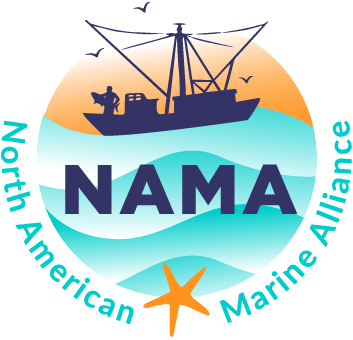The cardboard gravestones read “RIP Local fisherman,” “RIP Wild Fish,” and “RIP Humpback Whales.” Assembled in response to new aquaculture sites planned off the coast of California, the gravestones were brought to the offices of the National Oceanic and Atmospheric Administration (NOAA) in Long Beach, California, in April by activists keen to register their discontent.
____
Opponents to the plan point to known risks, including ecological disasters like the infamous 2017 salmon spill that took place in Washington State waters when a salmon net pen collapsed, releasing roughly 300,000 Atlantic salmon in Puget Sound. The spill wreaked havoc, and scientists, environmentalists, and policymakers worried escaped salmon could spread disease or parasites to native Pacific varieties.
____
Many critics reject the idea that the trade deficit results from a lack of fish. According to Andrianna Natsoulas, campaign director at Don’t Cage Our Oceans, a more likely explanation is that the U.S. sends too much domestically caught seafood out of the country for cheap processing and then re-imports it for consumption.
The organization, an environmental nonprofit focused on the harms of offshore finfish farming, recently took a closer look at the NOAA data. They found that the U.S. can easily feed itself with wild caught domestic seafood.
The deficit figures, they say, fail to account for re-imported seafood. This process, also known as re-shipment, has been called “the great American fish swap” because it creates a confusing web of exports and imports that do nothing to improve food security.
“If we kept the seafood landed in the U.S., we would not have to import so much or develop aquaculture,” says Natsoulas. “Aquaculture is just contributing to the commodification of food.”
Natsoulas says that the U.S. should instead dedicate its resources to developing a more robust seafood processing capacity to balance the trade deficit. Don’t Cage Our Oceans is working towards that goal.
____
